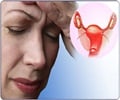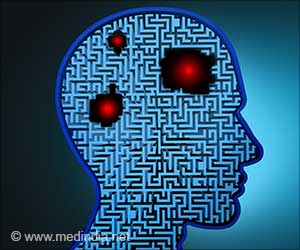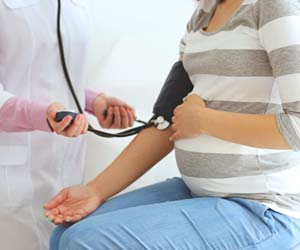A new study led by Indian origin researcher has revealed that the effect of oestrogen therapy on the brain may depend upon a woman's reproductive status.
The effect of estrogen therapy on the brain may depend upon reproductive status of the woman, a study led by an Indian origin researcher has found.
The study conducted by Farida Sohrabji, PhD, of Texas A and M Health Science Centre has revealed that oestrogen therapy may limit stroke damage if started close to, but not long after reproductive cycles are over."This study suggests that oestrogen treatment is not toxic per se but that its effects on the brain depend on the individual's reproductive age when therapy begins," she said.
According to Women's Health Initiative study, long-term therapy with oestrogen or oestrogen plus progestin may increase the risk of heart attack and stroke.
Therefore, authors designed an animal study to determine if oestrogen would be beneficial for females who are going through menopause (perimenopausal) but not for women who are postmenopausal for many years. Since it is not possible to measure "risk" in animal studies, the authors measured severity of stroke injury.
They later compared groups of female rats: mature adults and older, "acyclic" rats that no longer had reproductive cycles.
The physiologic status of the older rats resembled that of a postmenopausal woman, and the other rats' status would be more similar to perimenopause.
Advertisement
The researchers found "that estrogen treatment is not beneficial to the brain once the animal is in an acylic state, but is effective when given earlier. This acyclic stage in animals shares similarities with the menopausal stage in women."
Advertisement
The stroke caused much more tissue damage in the acyclic older females, the authors reported.
"Estrogen treatment to this group actually increased the volume of the brain that was damaged," said Sohrabji.
In the mature adult rats, however, estrogen therapy apparently reduced the area of brain damage. After the stroke all rats showed evidence of sensory and motor damage on behavioural testing, but it was more severe in the acyclic rats.
The study was presented at The Endocrine Society's 90th Annual Meeting in San Francisco.
Source-ANI
RAS/L











